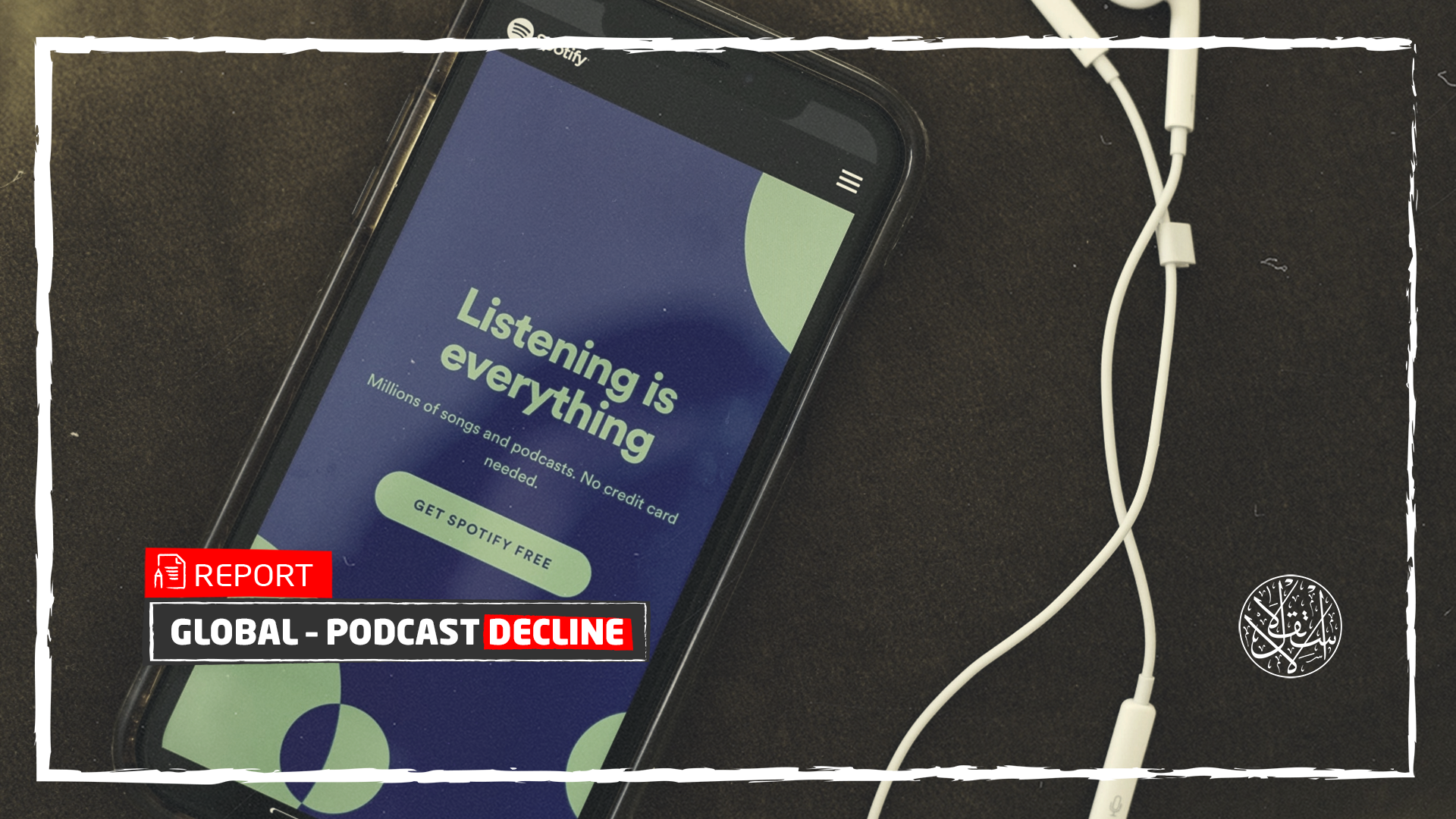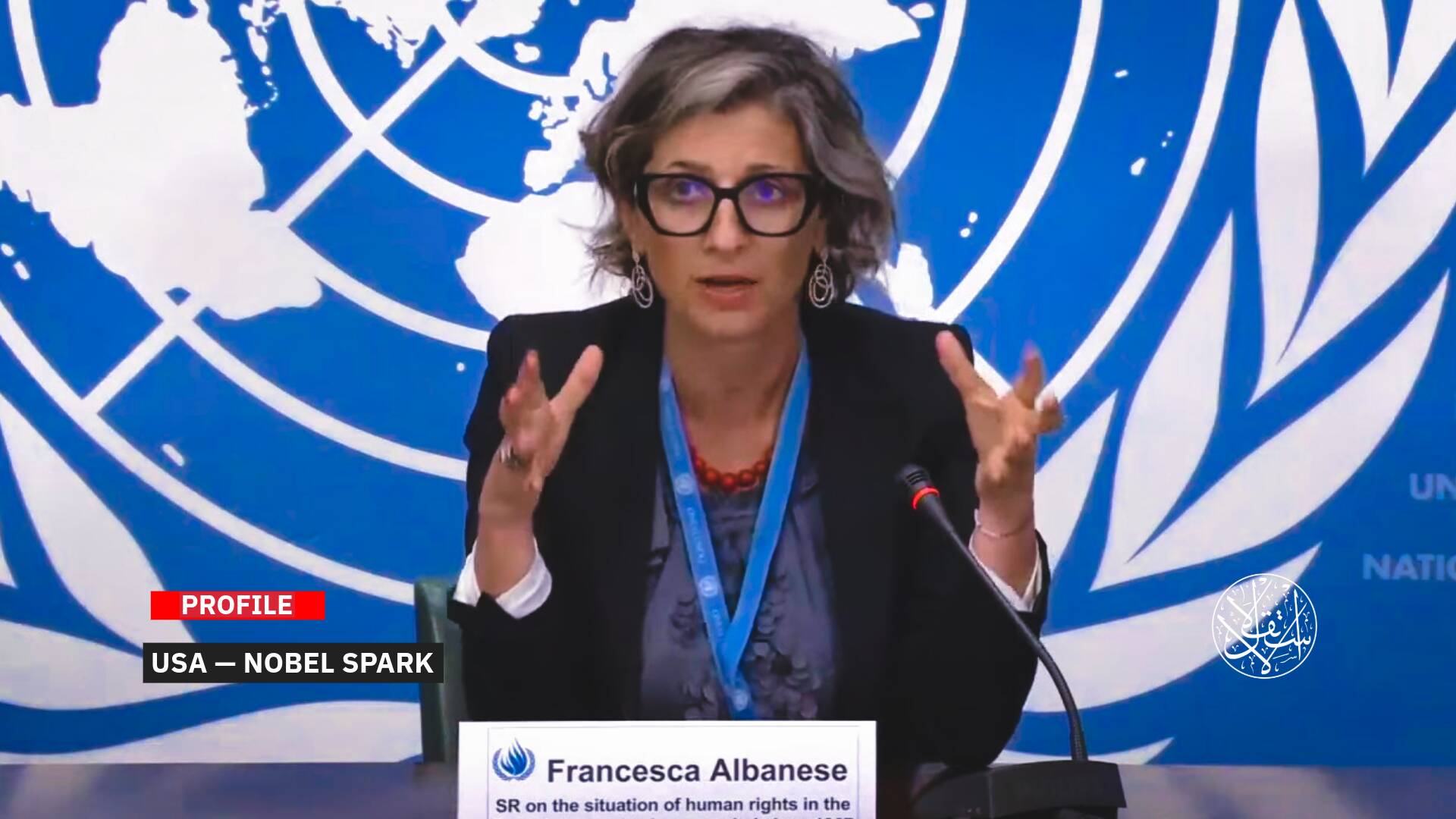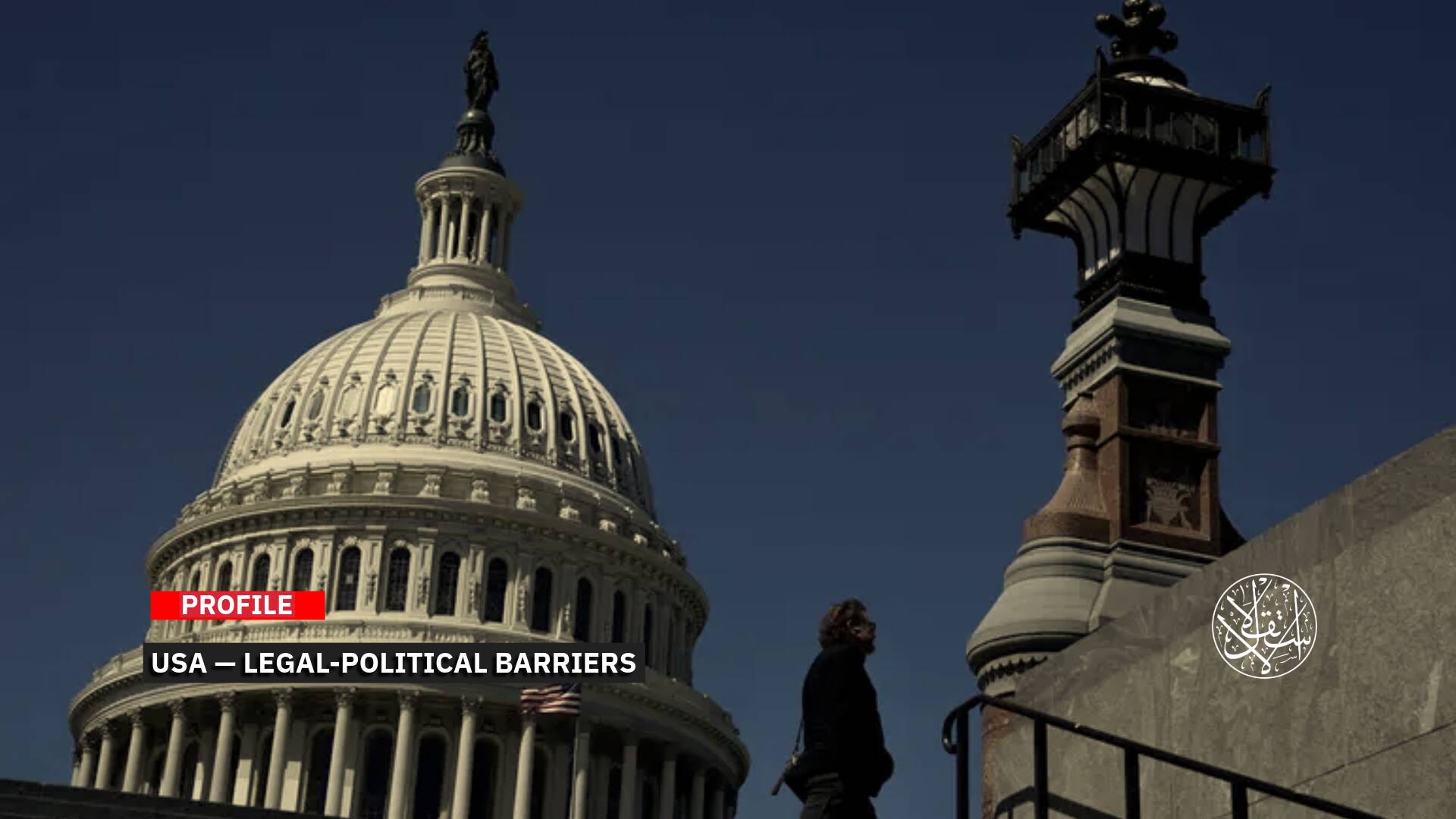With 80% Decline, Is It the Beginning of the End of the Podcast Era?

Recent figures reveal that the number of new podcasts has fallen rapidly over the past year by 80 percent compared to the previous two years. The Guardian reported that the analysts at Chartr revealed the significant drop by using international data provided by the Listen Notes podcast engine:
- In 2020, 1,109,000 podcasts were launched.
- In 2021, 729,000 new programs will be launched.
- In 2022, the number of new audio programs decreased to only 219,000.
Analysts believe that there are at least 3 million podcasts broadcast worldwide, most of them produced in the USA and Brazil, and the vast majority of them in English, with Spanish coming in second.
Decline’s Reasons
Bloomberg stated that the most important reason is clear. There are more podcasts than ever before. The number of new podcasts has grown more quickly than the podcast audience, and so the number of listeners per show is going down.
The newspaper revealed that Spotify hosts more than 3 million podcasts, up from a few hundred thousand just a few years ago. The vast majority of those new shows are either defunct or have tiny audiences. There are way more podcasts than the market’s demand and exponentially more podcasts than there were just a few years ago.
Bloomberg added: “The list of shows competing to be that program you try on your weekend walk is longer than the backlog of TV shows you want to watch. Discovering new shows is harder than ever as a result.”
Some experts have argued that the new decline is normal after the pandemic, as audio production flourished due to closures and home quarantine, but is now coming to an end, with people returning to their normal lives, even in the most strict countries in terms of health policies such as China.
However, the numbers reveal more complex results, especially since some programs stopped broadcasting audio during the same stone period, and thus the prosperity during the past two years could not be simply attributed to the lockdown conditions.
Whatever the reason, discontinued productions pose some unsettling questions for those who make podcasts and those who invest in them.

Doubt and Wonder
Producer Kate Taylor told the Guardian that a lot of freelancers are wondering what is changing and whether they should learn new skills to do video broadcasting rather than just podcasting or if successful productions are only those from celebrities.
She emphasized that this causes tension because there are so many opinions going in different directions. “I would say sponsorship is harder to find now and that getting investors to understand the amount needed to do something properly is also harder.”
The optimistic analysis of the new numbers indicates a maturing market for podcasts, as although the number of new audio programs is declining, there is still a huge demand for quality content.
“The statistics are right, but listenership figures are still high and continuing to grow, and existing strands are building audiences,” says Sean Glenn, the award-winning podcast producer.
Data from Listen Notes supports this claim. The new programs may have stopped significantly, but there are still new episodes of current works, and they still resonate greatly with the audience who maintain their relationship with these audio programs.
Deeper, better-searched content and even niche content are still in demand. These programs may only reach small audiences but still help commercial sponsors and advertisers reach specific consumers.
“Niche content is a real strength in the market, and people want to make their own, increasingly specialist shows,” says Taylor. She stressed that the vast majority of podcasts aren’t listened to by many people anyway. Audience size isn’t necessarily the main criterion for success.

Unrealistic Forecasts
The podcast’s popularity was mainly due to the fact that it can be accessed at any time, which can fill our time with what we want to know without us completely devoting ourselves to the knowledge process. It is enough to just listen.
In October 2021, Insider Intelligence painted a picture of podcast adoption worldwide using a set of 18 country-level forecasts. It drew the global Podcast Listener Forecast 2021–2025.
This report forecasts the rise of podcast listeners across 18 countries: the US, Canada, the UK, France, Germany, Italy, Spain, Denmark, Finland, Norway, Sweden, Australia, China, Japan, South Korea, Argentina, Brazil, and Mexico.
However, the huge decline showed that the optimistic expectations were not realistic.
The history of the podcast dates back to the beginning of the current century, specifically at the end of 2004, and it was more popular and widespread in the West than in the Arab countries.
On the Arab level, the podcast began to advance to the fore in late 2008, accompanied by the emergence of games and blogging communities, but it returned to the background with the dominance of social networking sites and YouTube in particular.
Its decline continued until 2015, when the need arose for a free medium that allows content creators to express themselves—a more independent and open expression of themselves. So the podcast was the most likely balanced medium, becoming the destination that most content makers of all levels and topics seek.
As for the linguistic origin of the word “podcast,” it is derived from two words: “pod,” inspired by the device company Apple (iPod), and “cast,” inspired by the word (broadcast). The term was launched by the British journalist Ben Hammersley in the Guardian newspaper, and the first application that supports the podcast was iTunes, which was launched in the year 2005 by Apple.
Podcasts vary according to the bloggers’ interests and personalities. Some of them are related to talking about politics, and some of them discuss religion, as well as there are many podcasts that deal in its episodes with topics of technology, languages, economics, medicine, art, books, novels, films, games, and other topics that attract interest.











